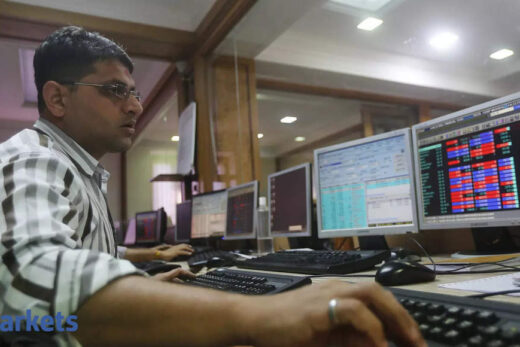How does the Evergrande event impact Indian borrowers?
The shakeup around Evergrande has triggered a sharp volatility in debt markets, leading to some knock-on effects on broader markets and sectors as well. This has a broad emerging market undertone. Closer home, potential Indian issuers are prudently adopting a wait-and-watch approach.
What has changed for Indian borrowers overseas in 18 months?
India Inc has astutely managed its capital requirements through the pandemic. As a franchise, we helped play a leading role in a record number of issuances in global capital markets. While liquidity has certainly helped, clients were well prepared in getting their stories out to market.
There was a benign regulatory environment, clients and advisors figured out a new normal. There was new learning in every trade.
What’s the outlook for next year?
On return to some stable equilibrium one expects to see Indian issuers being off the block. These potential issuers have the benefit of broader economic tailwinds that India has been recently benefiting from as well. We do expect a strong pipeline of offshore issuances portending to a strong 2022.
When can we expect demand for growth capital?
It is already occurring. Our pipeline across public and private credit, equity-linked financing has been robust and continues to grow. We also anticipate business consolidation. We are at either blueprint or execution on growth capital; acquisition finance; capital markets or financing family offices. Growth capital trades could eclipse recapitalisations in 2022.
What sense do you derive from your clients post the pandemic?
A lot of our clients seem poised for growth, either organically or by buying assets. We have, through this period, worked extensively on strengthening our clients’ capital requirements, helping them evaluate assets to either buy or dispose of as they prepare for a new normal. As we hopefully emerge from this pandemic, clients anticipate opportunities across divestments or through sale of stressed assets and accompanying capital raises.
How do you assess demand for Indian assets from offshore investors?
For a variety of reasons, India continues to be a sweet spot for offshore investors. We have seen a strong response for Indian high-yield issuances in primary and secondary markets. We will see a lot more demand pick-up. International investors are making frequent queries as they evaluate yields but with relative safety compared to other markets. Indian issuers offer that.
How will India’s inclusion in global bond index make a difference for a local firm borrowing internationally?
Investors already started viewing India on a stand-alone basis from a traditional emerging market (EM) basket. Clear evidence of that was yields obtained on pricing for issuers, including JSW and Adani. Those were priced tighter than global EM peers and traded strongly in secondary markets. Including India separately on global bond indices is a natural corollary to the action being witnessed on the ground.
How will Fed tapering impact?
US Fed tapering and the manner of execution could trigger volatility. That said, investors have priced it in. The known unknown is the Chinese real estate sector and whether losses can go wider and portend badly for other sectors and markets as well. The known is that central bank governors are acting in unison in managing liquidity and could reign it in to address inflation.
What prospects do you see for ESG funding?
ESG is real and here to stay. We advise clients to get acclimatised with ESG compliance and norms while preparing for issuances. The percentage share of ESG issuances will eclipse non-ESG in the medium term. New investor mandates are being set with a clear ESG focus. For issuers, notwithstanding cost or pricing, it is a must-have.



